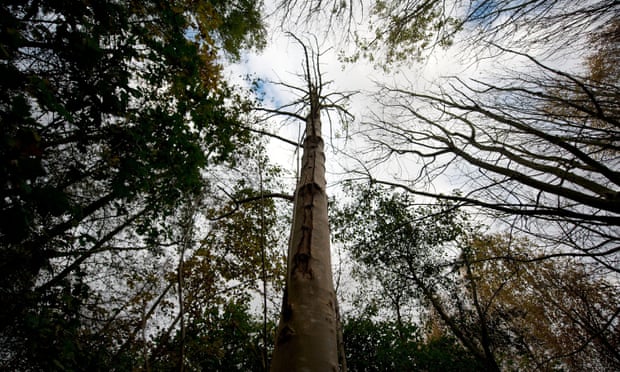It’s not a labour shortage, it’s a wage shortage. According to an analysis by the Canadian Centre for Policy Alternatives, two-thirds of job postings are offering wages too low to attract applicants.
By Rosa Saba
Mon., Sept. 5, 2022
Forget the worker shortage — there’s a wage shortage, according to a prominent Canadian economist’s analysis of new Statistics Canada data.
According to the analysis, two-thirds of job postings are offering wages too low to attract applicants.
David MacDonald, senior economist for the Canadian Centre for Policy Alternatives, analyzed data from a new temporary labour force survey question that asked workers what the lowest wage was they would accept. He then compared that data to the available jobs posted, and found that 63 per cent of job postings aren’t meeting the minimum worker expectations for wages — in some industries, by a lot.
This disparity is influenced by a few factors, said MacDonald. One is inflation, which has driven the cost of living up at a breakneck pace, making workers seek higher pay in order to meet their needs.
But workers also have more power in the job market than they have in the past. Instead of unemployed workers competing for jobs, employers are competing for workers, said MacDonald.
“The tables are turned,” he said.
Often, when there is a perceived worker shortage, there are calls to “solve” the shortage, said MacDonald, usually by bringing in temporary foreign workers who are willing to work for lower pay. But this data shows that there is no shortage of workers, just a shortage of decent jobs, he said.
“They’re searching for jobs, but they don’t want to work for peanuts and they don’t want to work for a lousy job,” said MacDonald.
For the past decade or more, the number of unemployed Canadians looking for jobs has been much higher than the number of advertised jobs, said MacDonald — for most of the 2010s, there were on average six seekers for every job posting, which narrowed to 3.5 per posting in early 2017.
This was still the case during parts of the pandemic, but in the summer of 2021, the ratio fell essentially to 1:1, and that holds true a year later. In July 2022 there were just over a million job seekers, and in June (the latest month for which data was available) there were just over a million postings.
This was not caused by an influx of unemployed workers, but by a wave of new jobs, said MacDonald. Before COVID-19, there were usually 300,000 to 400,000 job postings a month, and by April 2022 there were more than a million. In comparison, there are around a million unemployed Canadians, around the same number as pre-pandemic.
That actually sounds perfect, in theory: one million jobs and one million willing workers. So why aren’t those workers filling the open jobs?
In many cases, it’s because the jobs are offering wages much lower than they are willing or able to work for, said MacDonald. And with fewer workers applying for each job, they can afford to be a bit choosier as they’re in high demand, he said.
The February and March Labour Force Survey by Statistics Canada asked unemployed Canadians about their sought-after sector and minimum pay they would accept, while the Job Vacancy and Wage Survey asked employers what they were offering on job postings.
Around 14 per cent of open jobs are in the accommodation and food services industry, where the average wage posted is $15.85 an hour, he said. But workers in those industries are looking for a minimum of $18.84 an hour — a three-dollar difference.
Another ten per cent of postings are in retail trade, where employers are offering an average wage of $17.85 — but workers are looking for $23, a difference of more than five dollars.
“The gap is big” between worker expectations and what employers are offering in these major industries, said MacDonald.
“These industries aren’t suffering from worker shortages, they are suffering from employers who are unwilling to increase wages enough to make it worth a worker’s while,” he wrote in the report, released Monday.
The other third of industries, where the wages on offer are high enough to meet worker expectations, may be suffering from a different problem, said MacDonald. For example, 15 per cent of postings are for health care jobs.
“Closed emergency rooms and backlogged surgeries are testament to the fact that attracting workers, particularly highly skilled nurses, is incredibly difficult right now,” wrote MacDonald. For these workers, job conditions are a major part of the equation, not just decent pay, and many have left the industry altogether.
“In a situation like that, which is about a third of all job vacancies, there may be more justification for saying there is a shortage of workers with the correct qualifications,” he said.
With a potential recession on the horizon, the scales may tip again in employers’ favour, said MacDonald, with more workers and fewer jobs available. But right now, it’s workers who have the power.
In industries where these workers are needed most, especially in industries where corporate profits are high, workers may well get what they’re asking for, said MacDonald. But in industries with slimmer margins, like food service, the jobs might go unfilled.
“Some business models are going to be more amenable to raising prices than others in order to afford higher wages,” said MacDonald.
But MacDonald is concerned that with interest rates rising rapidly in an effort to cool the economy and inflation, this level of worker power won’t last long.
“There’s been a lot of unusual events in the last couple of years and this is another unusual event where we see parity, in essence, between unemployed workers and job postings,” he said. “We’ll see how long it lasts.”
If the economy worsens, some employers may rescind those postings, instead finding other ways to get the job done. This would drive the job vacancy rate down again, explained MacDonald.
“Maybe that’s what’s going to change if businesses become less optimistic. Maybe they’re less likely to post jobs, even though those jobs really haven’t been filled in the past year.”












